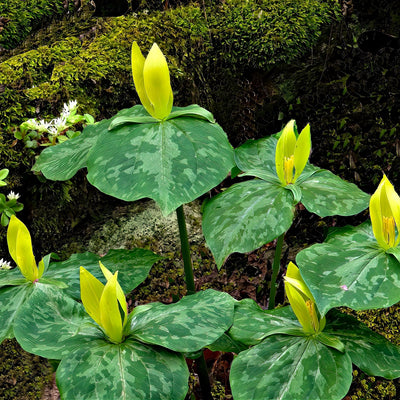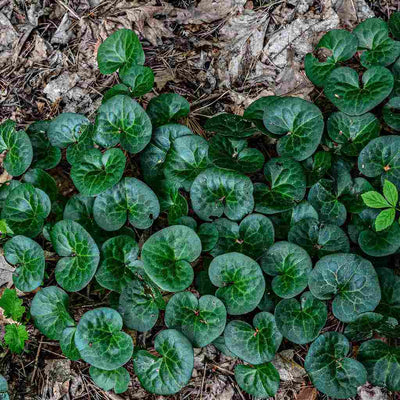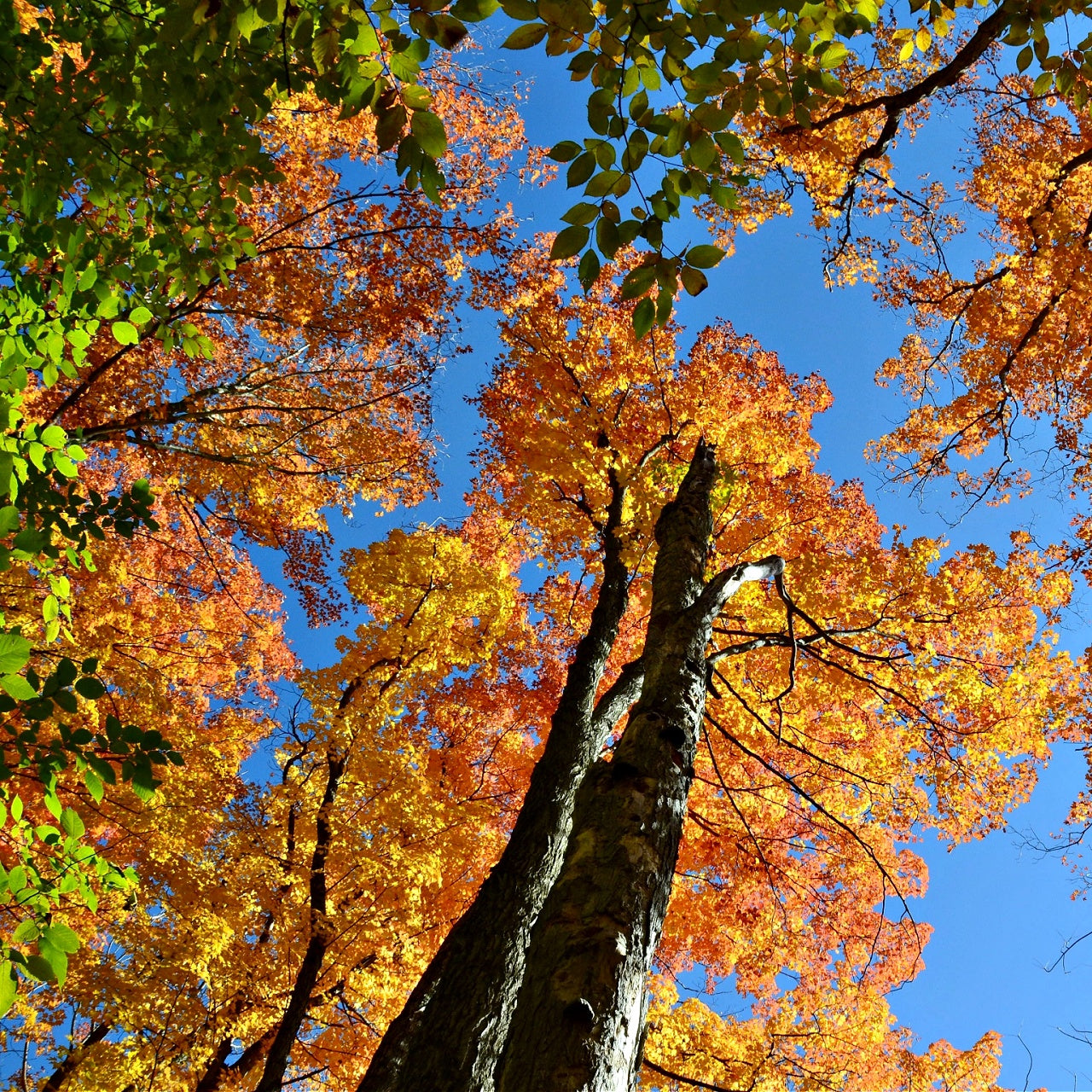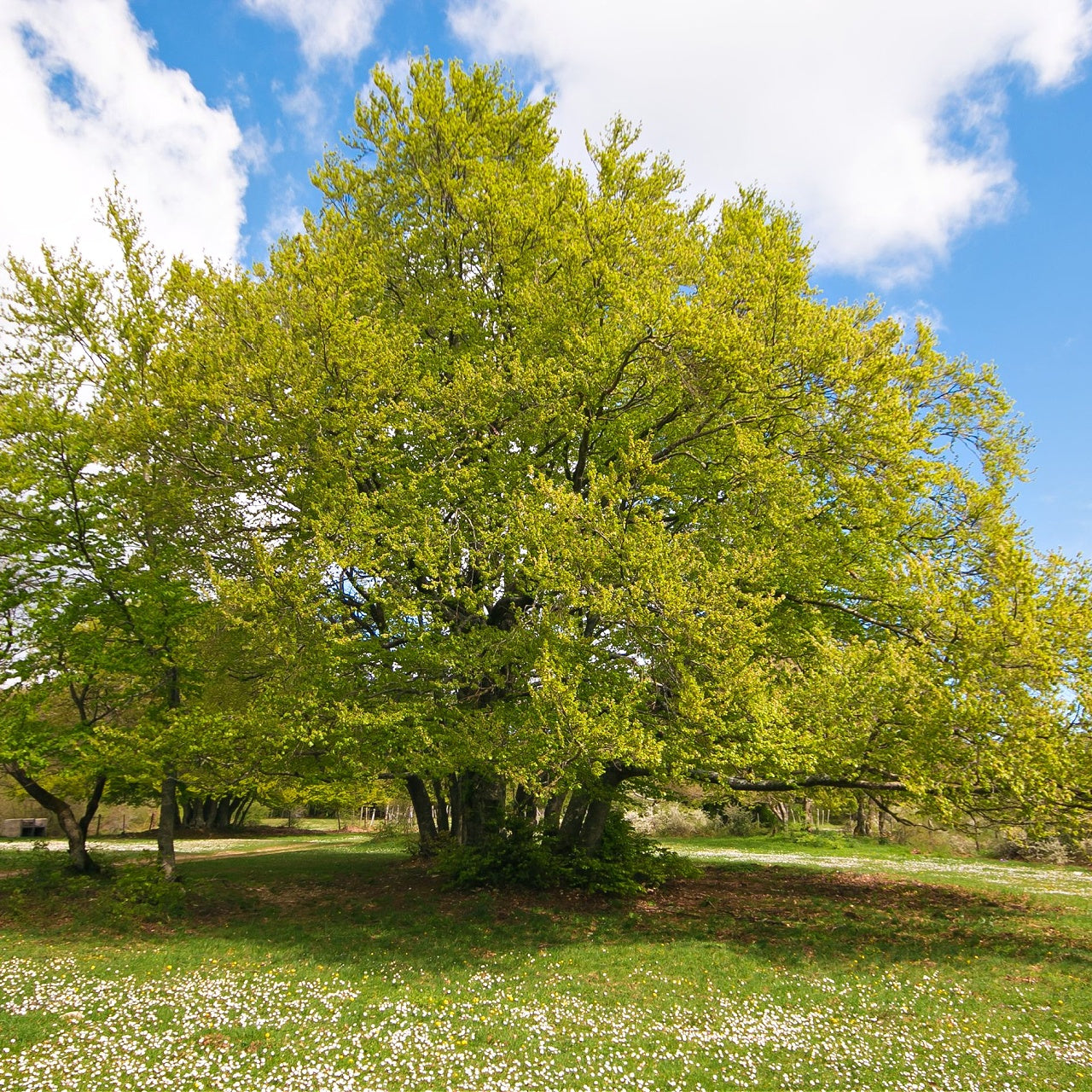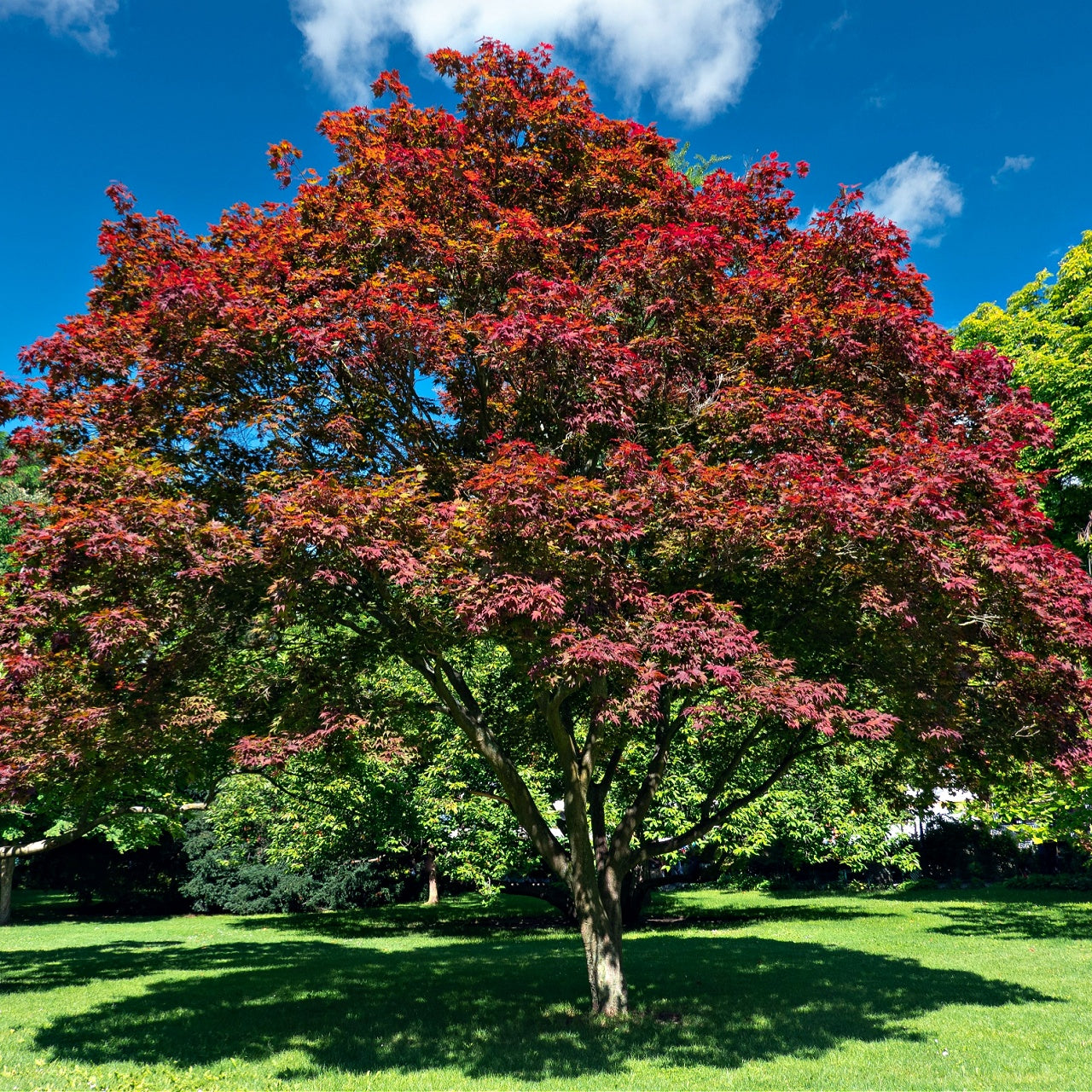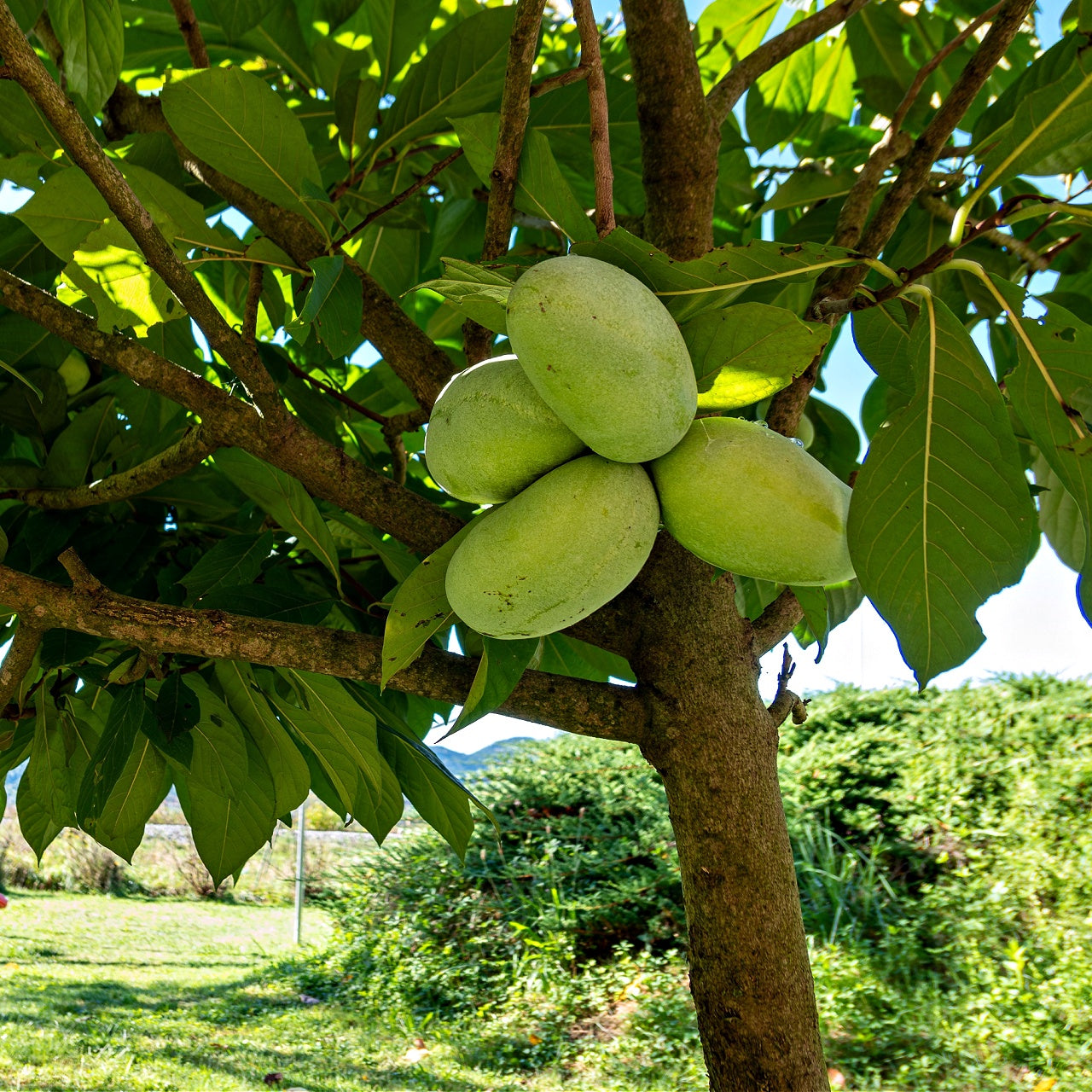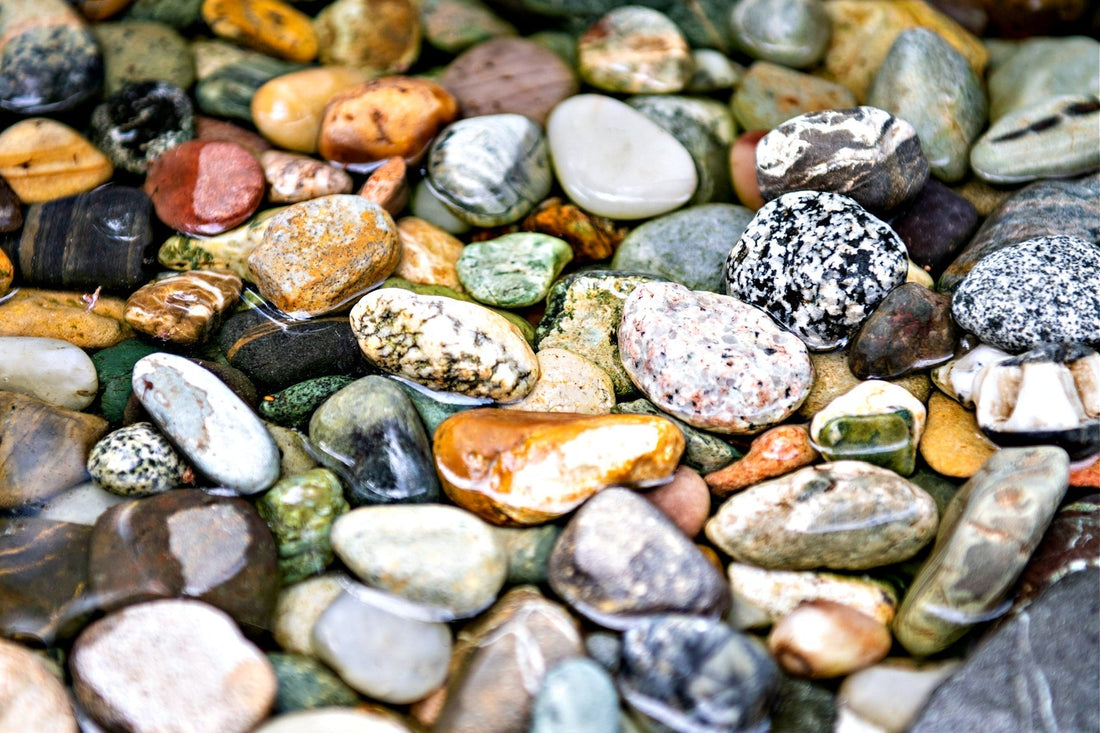
Pebble Trays for Plants How They Work
Pebble Trays for Plants How They Work
Using a Pebble Tray for Native Plants
A pebble tray represents the easiest and most successful method to enhance humidity naturally. This helps create optimal living conditions for houseplants and some native plants that are maintained indoors. Native plants from humid environments, such as ferns, orchids, and tropical species, find it difficult to survive in dry indoor air conditions. You can easily address humidity problems for plants by using a pebble tray rather than electric humidifiers. Home heating during winter reduces indoor air moisture, creating unfavorable conditions for plants that require high humidity levels.
The operational concept of a pebble tray remains simple and basic. A shallow tray receives small stones or pebbles partially submerged in water. The evaporation of water from a pebble tray underneath a plant pot creates higher humidity levels around the plant, replicating its natural environment's moisture conditions. The benefits extend beyond simply boosting humidity. Plant pots benefit from pebble trays as they stop standing water accumulation, which reduces root rot risk. Misting creates temporary moisture, while pebble trays deliver continuous humidity throughout the day.
The pebble tray method proves highly effective for mimicking natural humidity conditions needed by native plants like Lobelia cardinalis and Caltha palustris when grown indoors. Wildwood plants such as trillium (Trillium grandiflorum) and wild ginger (Asarum canadense) show improved growth indoors when they receive additional moisture to replicate their natural humid forest conditions. This method protects fragile plants from developing dry edges and desiccated foliage, frequently arising from indoor spaces with insufficient humidity.
Choosing the Right Pebble Tray for Your Native Plants
To choose the appropriate pebble tray for native plants, you need to examine the tray size, pebble type, and water replenishment schedule. A sufficiently sized tray fits under the plant pot and creates ample surface area for water evaporation. Natural stones or decorative pebbles improve the visual appeal of your arrangement while promoting efficient water evaporation. Small smooth stones are ideal because they enable air circulation above while maintaining moisture below the root level.
The tray depth is an important element in the design. Humidity-sensitive plants benefit from shallow trays because they enable faster evaporation to protect delicate foliage, such as the maidenhair fern's (Adiantum pedatum) lace-like fronds, from drying out. Deep trays maintain water longer, which leads to fewer refill needs. Plants such as the swamp milkweed (Asclepias incarnata) benefit from deeper pebble trays because they maintain steady moisture levels while preventing overwatering.
Placement is equally important. A pebble tray should be placed in an area with good air circulation to ensure effective moisture distribution. The best spots to place plants involve windowsills, shelving units, and tables that receive indirect sunlight. A large communal pebble tray generates a localized humid microclimate that benefits all grouped plants when multiple plants are positioned together. Humidity-loving native species like blue flag iris (Iris versicolor) and wild columbine (Aquilegia canadensis) thrive under this setup since they naturally grow near streams and moist woodlands.
Maintaining a Pebble Tray for Long-Term Plant Health
A clean pebble tray maintains perfect humidity levels for plants while preventing mold growth and stagnant water accumulation. Regular maintenance is simple yet essential. Mineral deposits from tap water accumulate on pebbles over time and decrease their functionality. To avoid residue buildup and replicate the soft water conditions that native plants enjoy, you should use distilled or rainwater. When tap water stands overnight before use, the chlorine and other chemicals will dissipate if no other water source is available.
Regular tray cleaning every few weeks stops algae and bacteria accumulation, which causes bad smells and attracts pests. You can keep a clean and fresh environment by thoroughly rinsing the pebbles and scrubbing the tray with mild soap. Some gardeners choose antimicrobial stones because they prevent bacterial growth, which leads to reduced maintenance requirements. Regular debris removal and water refreshment usually maintain an effective tray setup.
The jack-in-the-pulpit (Arisaema triphyllum) and the mayapple (Podophyllum peltatum) are native plants that grow best on moist forest floors where humidity stays consistent. To maintain adequate moisture levels for these plants indoors, you might need to mist them occasionally or place them near other species that require high humidity. The indoor environment for moisture-dependent native species improves when a pebble tray works with additional humidity-enhancing methods like positioning plants inside a terrarium or next to a water bowl.
A pebble tray serves the dual purpose of boosting humidity and offering an attractive way to showcase plants. Natural pebbles and decorative trays offer customizable options that serve functional needs and enhance home décor. This technique offers a simple solution for providing essential humidity to ferns, mosses, and flowering native plants so they can thrive. When maintained correctly, pebble trays become crucial for sustaining healthy indoor gardens, especially for native plants that depend on regular moisture to prosper.
Products from the Article



